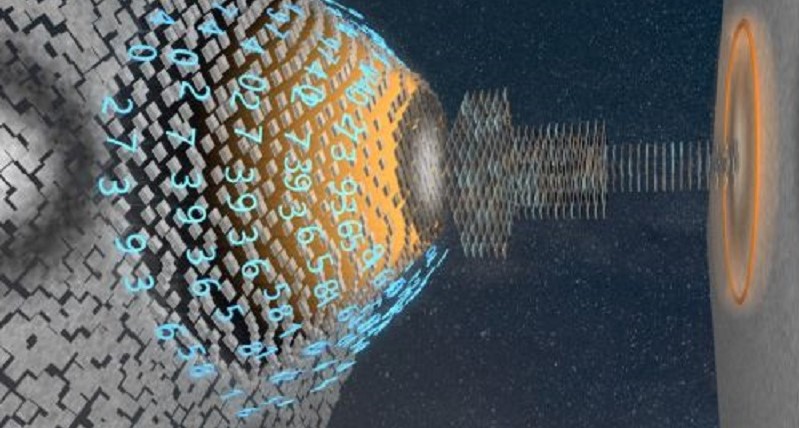Researchers from the University of Arizona (USA) have developed a high-speed electron microscope that can be used to take pictures of a moving electron, a subatomic particle. The ultra-fast electron microscope uses a powerful laser beam that is split and converted into two parts: a very fast electron pulse and two ultra-short light pulses.
The first pulse of light, called the pump pulse, injects energy into the sample, causing electrons to move or undergo other rapid changes. The second pulse of light—the “optical flash”—acts like a flash, creating a brief time window in which a single attosecond (an attosecond is one quintillionth of a second) of a pulse of electrons is produced.
The speed of the gating pulse thus determines the resolution of the image. By carefully synchronizing the two pulses, scientists control when the electron pulses probe the sample to observe ultrafast processes at the atomic level.
The new scientific tool will undoubtedly lead to revolutionary discoveries and achievements in physics, chemistry, bioengineering, materials science, and other fields.














